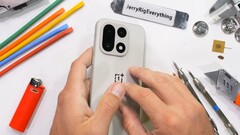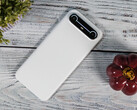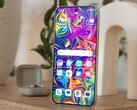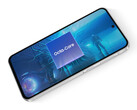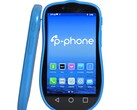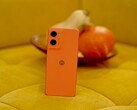Anyone considering the OnePlus 15 should also consider the aspect of everyday durability, traditionally a topic for YouTube channel JerryRigEverything. Like the Xiaomi 17 Pro durability test, the OnePlus 15 also reveals that at least one color option features a choice of materials that might be surprising for a flagship phone. Specifically, the back of the Sand Storm color option is made of plastic, while the other two colors, Infinite Black and Ultra Violet, are made of glass.
Both materials have advantages and disadvantages in everyday use. As Zack Nelson's durability test and teardown video demonstrates using the Sand Storm color, the fiberglass-reinforced plastic is very easy to scratch; even coins will likely cause visible damage over time, something that is unlikely to occur with the glass versions. On the other hand, the beige color variant should prove more robust in the event of a drop, as glass, as we know, can always break.
We are somewhat critical of the fact that OnePlus does not address these differences in material selection on its homepage. Aside from the fact that the Sand Storm model is 4 grams lighter, we find no clear indication of this in the specifications. The micro-arc anodizing process of the aluminum frame, which is supposed to make it stronger than titanium, is heavily advertised. Indeed, the durability tester observed greater resistance to scratches from a Stanley knife, although scratches cannot be completely avoided.
Teardown reveals huge dual-cell battery
When it comes to bend testing, however, there are fewer surprises. Even the plastic version does not bend, and the glass versions are likely to be similarly robust. The teardown section of the video above also explores the large and fairly easy-to-tear vapor chamber cooling system. The OnePlus 15, which is dust and waterproof up to IP69, also has a dual-cell battery on board, which explains why it can be shipped in Europe with a capacity of 7,300 mAh.




